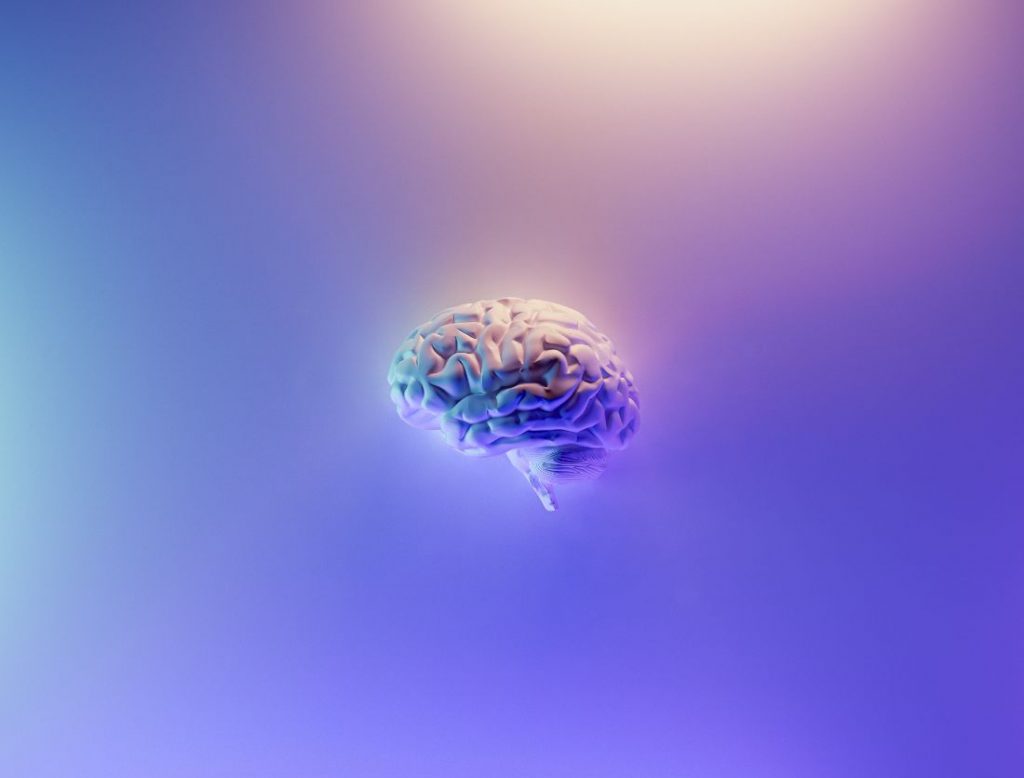When we come across a friend or a child in life, we frequently wonder about their incredible memory power. Unquestionably one of the most amazing organs in existence is the human brain’s memory.
The amount of information the human brain can store in memories is astounding, but how much information is this exactly? The average adult’s human brain has a memory that can hold trillions of bytes of data. Read this article to discover more information about the human brain.
What Is A Human Brain’s Memory Capacity?
The brain is a complex organ that controls every bodily function, including memory, emotion, thought, touch, vision, and breathing patterns. The nervous system is made up of the brain, spinal cord, and other components. By measuring the connections between brain cells, the experts calculated the human brain’s storage capacity and converted that figure into bytes and computer memory units.
There are billions of neurons in the human brain, and each one connects to other neurons thousands of times. The human brain can store more than a petabyte—or one quadrillion bytes—of data. A single byte is made up of eight bits.
As mentioned in an article in Scientific American, the memory capacity of a human brain was testified to have equal to 2.5 petabytes of memory capacity. A “petabyte” means 1024 terabytes or a million gigabytes so that the average adult human brain can accumulate the equivalent of 2.5 million gigabytes of memory.
The results of a Stanford University study indicate that the human brain can be compared favorably to the most reliable contemporary computers. The cerebral cortex of the human brain is capable of holding 125 trillion synapses, which can store up to 2.5 petabytes of total memory.
Types Of Memory
There are three broad categories that describe the memory. These include-
- Sensory memory. After the stimulus has ended, it enables you to recall sensory information. After the creation of sensory memories, other memories start. The sensory experience might be stored in short-term or long-term memory if it keeps happening.
- Short-term memory. You can temporarily remember recent information thanks to it. According to research, short-term memory can last for 30 seconds or less. By practicing information, you can retain it in your short-term memory. a string of numbers, as an illustration.
- Long-term memory. We store the vast majority of our memories in long-term memory. The term “long-term memory” refers to any memory we can recall after 30 seconds. Our long-term memory has an infinite capacity for storing information. It has 2 main categories, explicit and implicit

How Does A Human Brain’s Memory Function?
The brain controls and receives signals and signs from every part of the body. The brain is capable of understanding all of the signals that are used to control the processes. The brain has multiple reserved messages. The spine and the vast networks of nerves throughout the body are used to communicate with others at length restrictions.
Numerous neurons or nerve cells support the central nervous system. The strength of the networks between neurons, which is influenced by the size of synapses, determines how much information the brain can store. Each neuron contains thousands of synapses.
The soma, or spherical part containing the nucleus, dendrites, or long branching sections that connect to other cells, and an axon, or long cellular segment, are the three essential components that makeup neurons. The brain transmits, receives, and ultimately stores data and different types of information.
In order for the hippocampus to store memories, the brain directs information from the cortex, which houses the brain’s nerve cells. It links spatial perception, learning, memory, and direction-finding. It gets information from the cerebral cortex and could be involved in Alzheimer’s. The process follows an opposite pattern when we are able to recall past events or memories.
The 86 billion neurons in the human brain are supported by a variety of neuroglia, which is crucial for supporting neurons. Since each neuron can connect to up to 10,000 other neurons, connectivity between neurons is crucial.
How Memories Are Formed, Kept, And Recalled?
Since the 1940s, scientists have hypothesized that cell assemblies, or collections of neurons or nerve cells, are where memories are stored. Those interconnected cells light up collectively in response to a particular stimulus, such as your friend’s face or the aroma of freshly baked bread.
The connections between the cells become stronger as more neurons fire together. As a result, there is a higher chance that the entire assembly will fire when a future stimulus activates the cells. What we experience as memory is encoded by the collective activity of the nerves. Researchers are still figuring out the specifics of how it operates.
A short-term memory must be strengthened for long-term storage, a procedure known as memory consolidation, in order to become a long-term memory. There are several processes that are thought to contribute to consolidation. Long-term potentiation is one type of self-modification in which individual nerves change how they grow and communicate with one another.
Long-term remodeling modifies the connections between the nerves, stabilizing the memory. This fundamental cellular infrastructure is shared by all animals with long-term memories; researchers studied California sea slugs to determine the specifics of long-term potentiation. It’s not necessary for all long-term memories to begin as short-term ones, though.
The cortex of the brain, which performs high-level information processing, regions that handle the raw inputs from our senses, and a region known as the medial temporal lobe that appears to aid in coordination all communicate quickly with one another as we recall a memory.
One recent study discovered that when patients recalled recently formed memories, ripples of nerve activity in the medial temporal lobe synchronized with ripples in the brain’s cortex.

